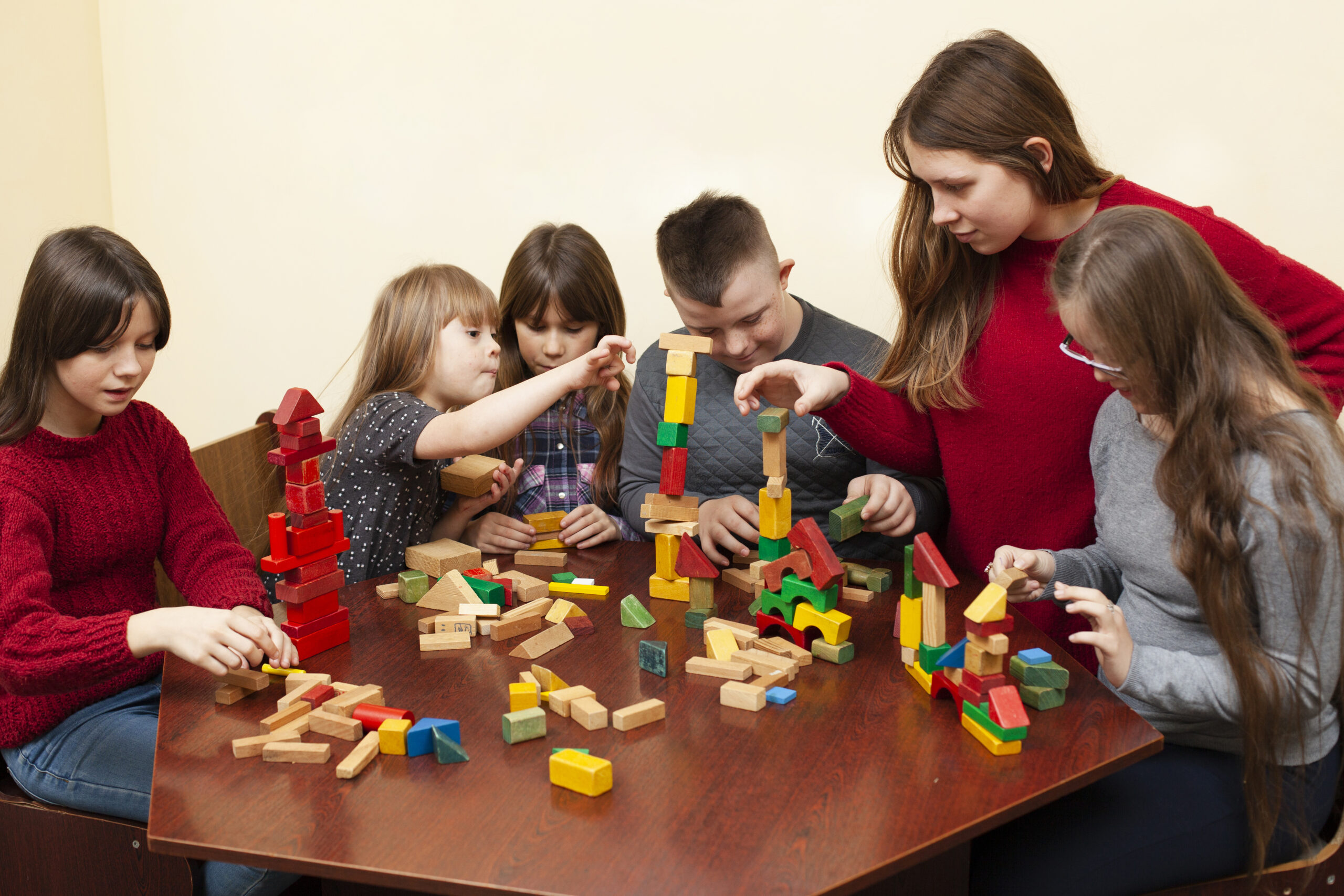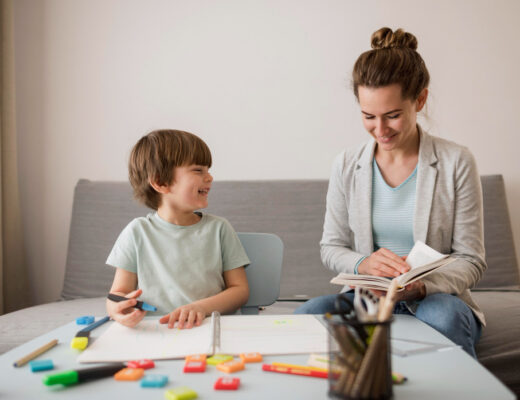Autism, often known as Autistic Spectrum Disorder (ASD), is a group of developmental disorders that influence how a person sees the environment and interacts with others. Art and craft activities that include the senses can be an effective method to improve your child’s attention span, and self-expression, and lessen any anxiety-related problems for children with ASD. Sensory activities can help children with ASD cope with the new normal of not being able to leave the house, especially during the lockdown.
Take a look at our selection of 7 fun, sensory activities, and don’t be afraid to modify them to your child’s specific interests, likes, and dislikes.
- Making a Sensory Bottle:
- Coin Rubbing:
- Edible Jewelry:
- Make a Sensory Collage:
- Incredible Ice Painting:
- A Smelling Game Can Help You Improve Your Memory:
- Play the Magical Matching Game:

Hi! I am Swati Suri, a Special Educator with 9+ years of experience and the founder of Nurturers. I am passionate about helping children with special needs and supporting their families every step of the way.
Post Views: 237


